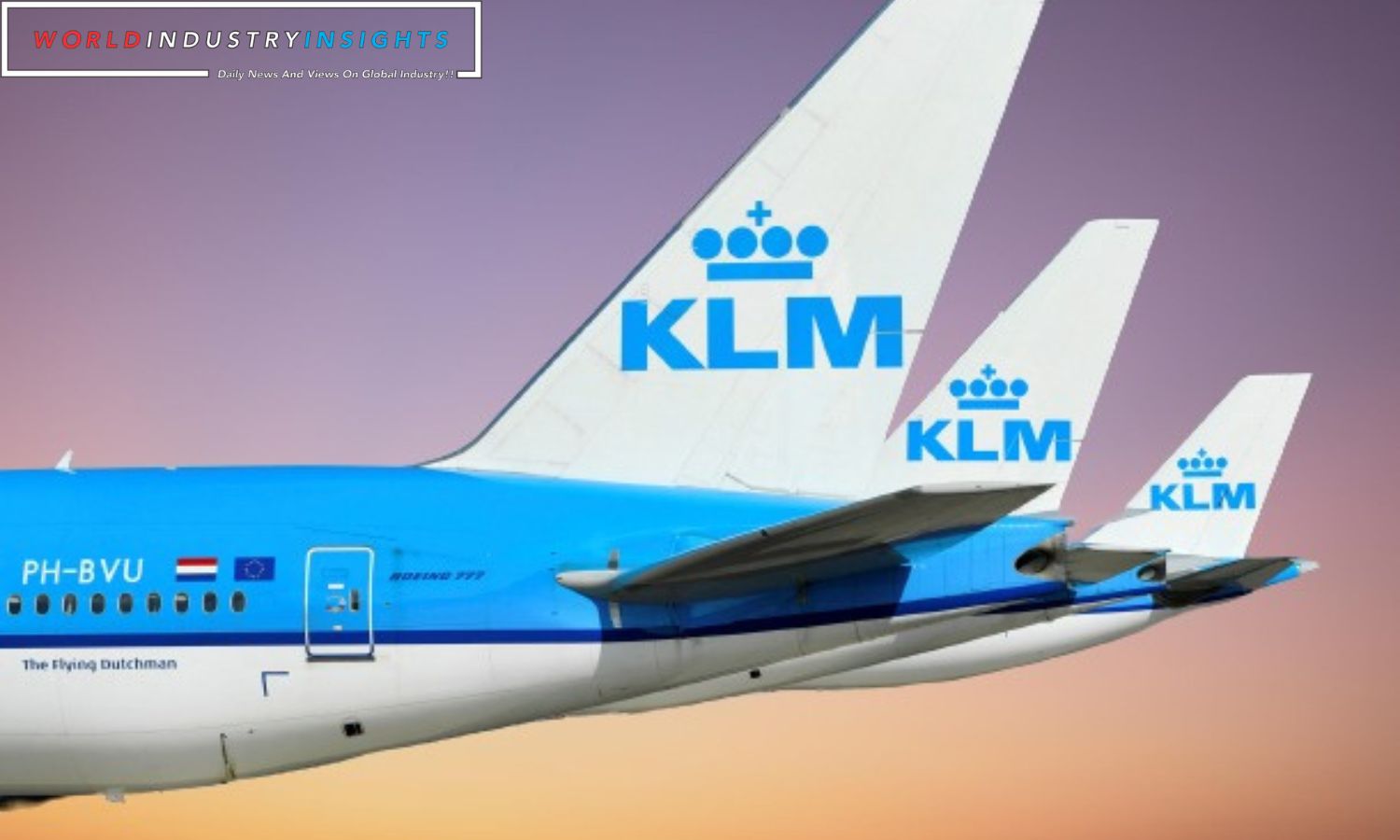Air France-KLM Strategic Move: Air France-KLM’s recent investment in SAS is a strategic sign that it wants to be a part of the upcoming airline takeover story in Europe, with a focus on the recovery of TAP, Portugal’s national airline.
Thursday, the cabinet approved the outline for privatization. On Friday, the Portuguese government said it would sell at least 51% of the state-owned TAP. Big companies like Lufthansa, Air France-KLM, and IAG step in to save national carriers that are having a hard time in a market where low-cost airlines like Ryanair and Wizz Air are the market leaders. Air France-KLM and the American investment group Castlelake were big partners in the recent SAS merger. It started a long-awaited reorganization of a well-known European legacy brand.
The 19.9% stake that Air France-KLM has in SAS might not make a big difference in fixing the airline’s operations problems right now, especially at its bases in Denmark and Sweden. But Air France-KLM has a history of letting investment airlines keep their character and operational independence, so TAP may like this hands-off approach.
Air France-KLM puts a lot of stress on keeping the unique identities of the airlines it owns. This differs from competitors like Lufthansa and IAG, known for restructuring after buying other companies. Analysts say that Air France-KLM will be better able to fight for TAP now that the SAS deal has gone through. Air France-KLM’s promises about keeping TAP’s brand, operations in Portugal, and important links are still the most important thing to consider.
The SAS deal is good for Air France-KLM because it keeps one airline from being connected to the Star Alliance network and Lufthansa’s control in Northern Europe. Even though there is more rivalry and the price is higher, the focus is on making this happen again with TAP.
Even though SAS invested, Air France-KLM repeated its strong interest in TAP and backed the Portuguese government’s search for a partner to help the airline get back on its feet while protecting its brand and regional hubs.
Analysts and investors agree that TAP’s valuable ties in South America may best be used with a less hands-on approach. , keeping TAP’s “integrity” is a top priority. If Air France and KLM work together, it might help TAP reach its goal.
Air France-KLM has a unique chance to make its case for buying TAP, while the process is still very early. It can build on the momentum from its purchase of SAS. Insiders say that the complete picture of potential bidders, market changes, and strategic choices has yet to be made public.
Air France-KLM will need help with the many rules and regulations that come with the SAS deal, such as getting permission from US and European leaders. A problem with this process could affect the talks going on simultaneously with TAP.
Due to EU rules, companies outside the EU are not allowed to own airlines. Apollo Global Management’s role makes things even more complicated. There are long-standing problems with cultural and political unity in the European airline industry, which makes it unlikely that Air France-KLM will be able to control SAS with a share of less than 20%.
Regarding TAP bidding, other rivals bring much value to the table. IAG is a good candidate because it has a lot of flights in the South Atlantic, especially to and from Spanish-speaking South America through Iberia. The fact that Lufthansa is a member of the Star Alliance makes it easier for TAP to move.
For Portugal, the most important thing is still a buyer with a good name who also helps improve cities like Porto and the important hub airport in Lisbon.
A reliable source said that TAP’s best chance for the future is to join a bigger alliance as the tricky dance of negotiations and strategic positioning plays out. After SAS won, Air France-KLM’s offer to buy TAP started a long and complicated battle over the future of Portugal’s leading airline, which will be based on legal requirements, strategic promises, and cultural ties.
Our Reader’s Queries
What is the competitive advantage of Air France-KLM?
Air France/KLM boasts some of the most impressive competitive advantages in the industry. With the largest international network among the three major European network carriers, they have established themselves as a force to be reckoned with. Their extensive reach allows them to connect passengers to destinations all over the world, making them a top choice for travelers seeking convenience and accessibility.
What is the sustainability strategy of Air France-KLM?
Air France-KLM is taking significant steps towards sustainable air transport. The Group has set an ambitious goal of achieving zero net CO2 emissions by 2050 and reducing emissions per passenger-km by 30% compared to 2019. Additionally, Air France-KLM is committed to using 10% of Sustainable Aviation Fuel by 2030. These efforts demonstrate the Group’s commitment to reducing its environmental impact and promoting a more sustainable future for air travel.
What are the synergies of KLM and Air France?
The merger promises customers an extended network, better fares, and improved service across all flights under the new Group. Refer to exhibit 8 for a detailed breakdown of the synergies between KLM and Air France. Approximately 60% of the synergies will come from cost savings, while the remaining 40% will be generated from incremental revenues.
What is the strategy of Air France?
Our top priority is providing our customers with an exceptional experience. We strive to achieve the highest Net Promoter Score by delivering top-notch operational performance and utilizing cutting-edge technology to offer a personalized travel experience. Ensuring customer satisfaction is of utmost importance to us.


